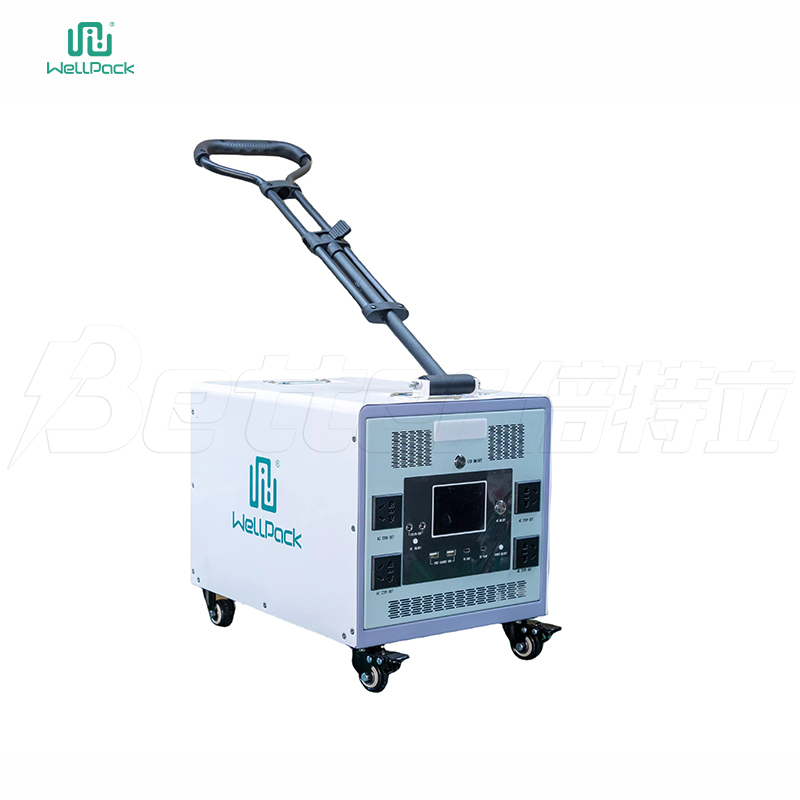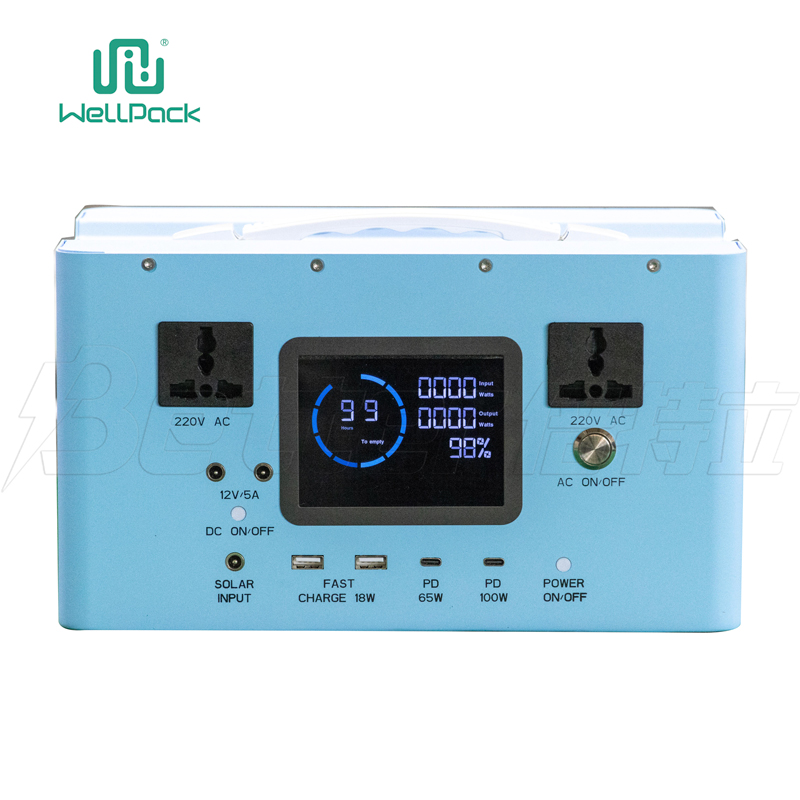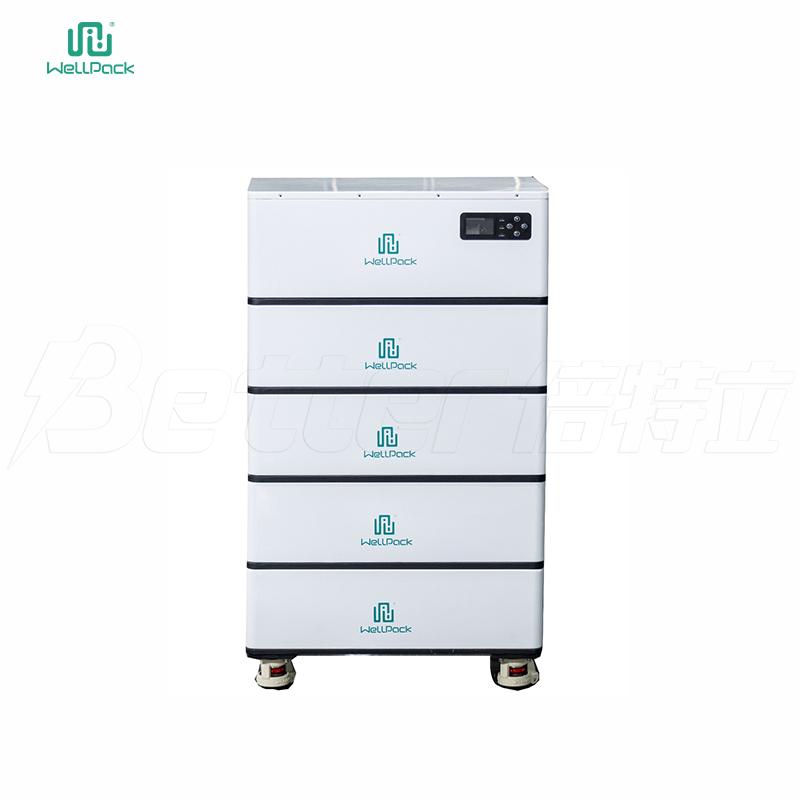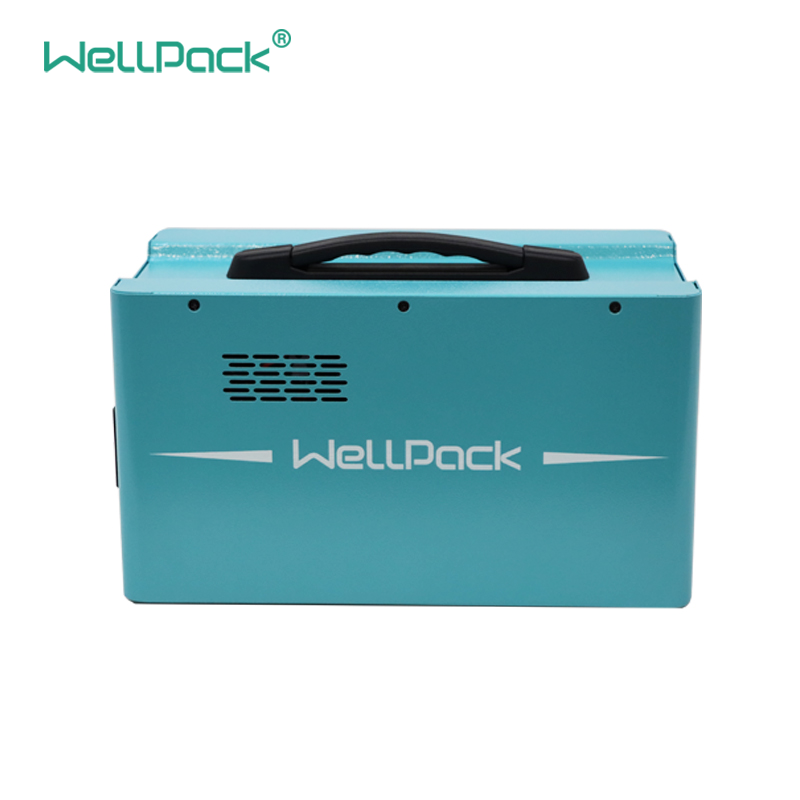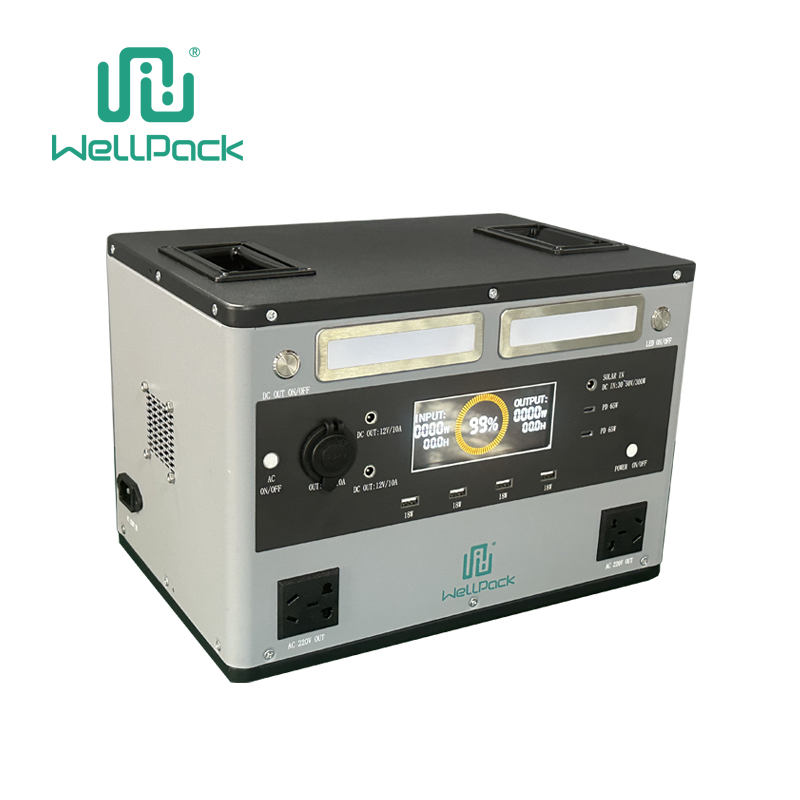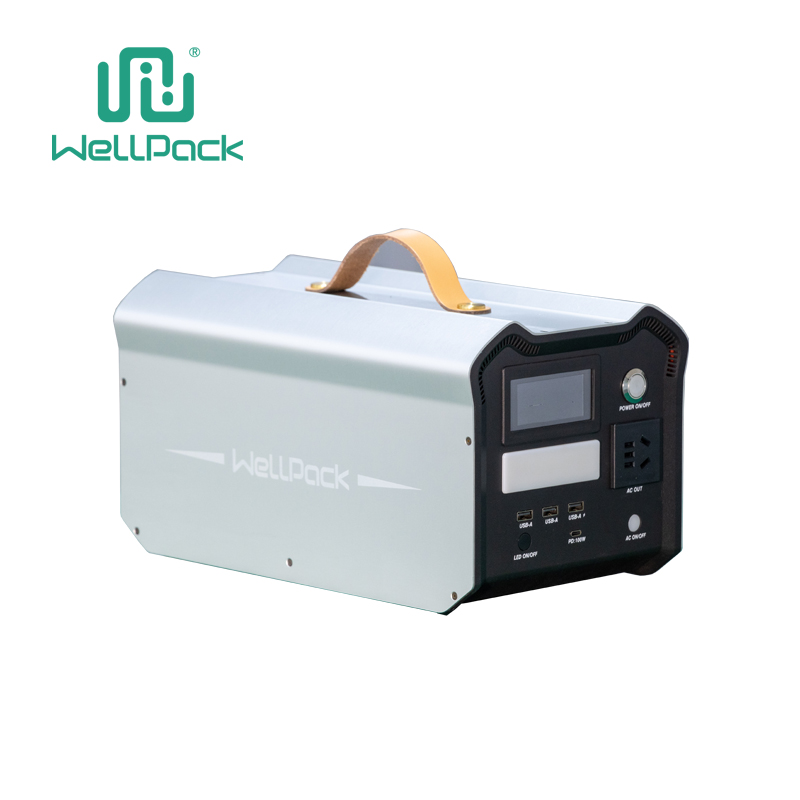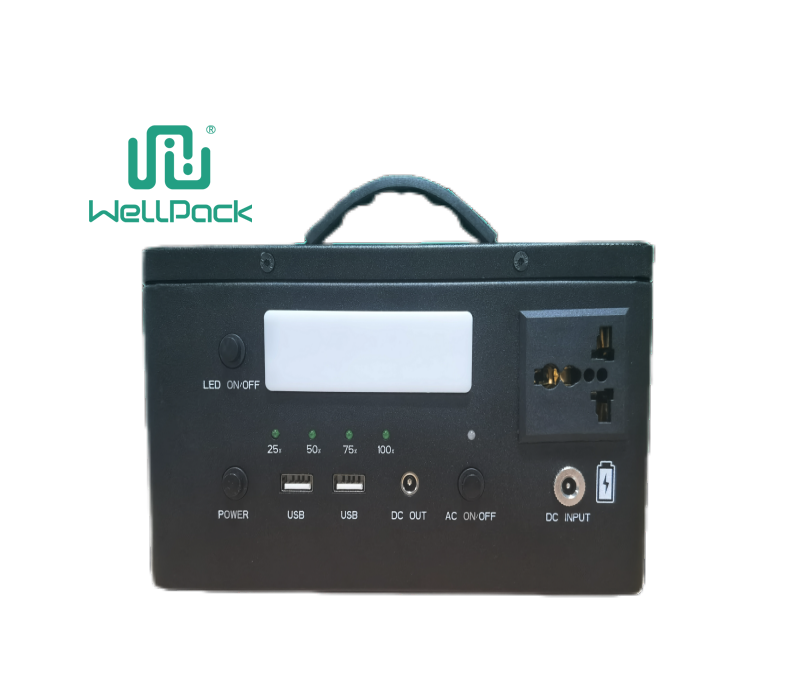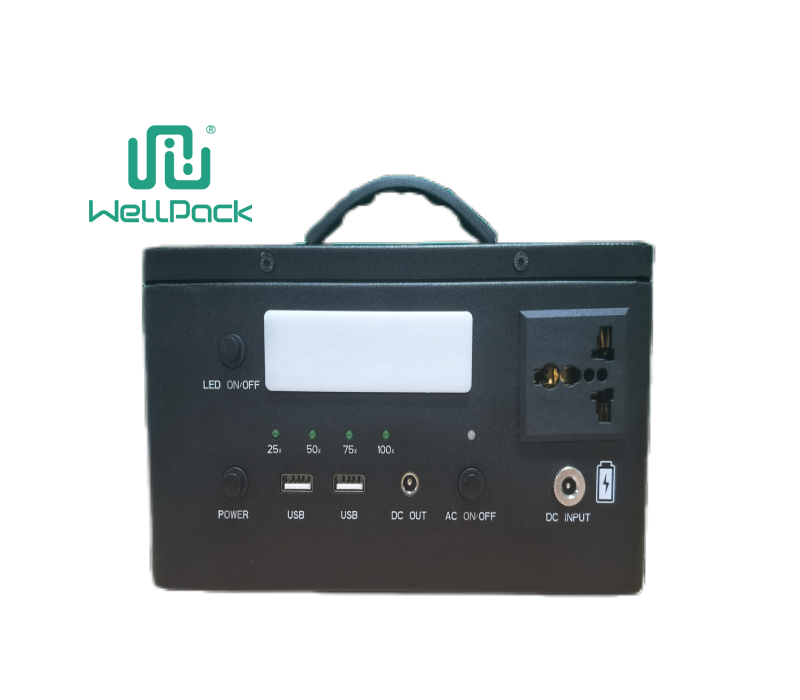The design of portable devices is largely dependent on the performance of the battery. The key specification of a battery is its lifespan. On the surface, this might seem like a simple parameter, but it actually involves many factors, including system load (how long the battery can power the device at full load or at microamp-level currents), power efficiency, system power management, battery type, and charging method.
In addition to the unique importance of these factors, their interplay can either enhance or diminish the end user's experience. In general, when users begin to notice the battery, things become more challenging! Good product design ensures that batteries don’t need to be frequently replaced (like with TV remote controls) or constantly recharged (like with electric toothbrushes). A well-designed product makes the battery “disappear” from the user's attention, ensuring that users focus on the device's functionality rather than the battery.
Choosing the Chemical Properties of the Battery
The relationship between the battery and the system is often an overlooked aspect of design. Ensuring the battery's capacity matches the system’s needs is critical. Common battery types include alkaline batteries, nickel-metal hydride (NiMH) batteries, and lithium-ion batteries. These are not interchangeable, and most products have an optimal choice for the battery type.
Alkaline Batteries
Alkaline batteries are non-rechargeable (this is emphasized in many recent battery ads). However, they have a very low self-discharge rate and are cost-effective (no need for chargers or AC power outlets). For applications with low power consumption, alkaline batteries are a great choice, but they must be used correctly, as the static current or sleep current needs to be very low.
A common design misconception is to focus only on operating efficiency and ignore current losses when the device is in a “turned off” or “sleep” state. Even if the battery drains just a few microamperes, it could lead to frequent battery replacements. Nowadays, many designs use soft switches instead of mechanical ones (which can completely disconnect the battery), but this misconception has become more common than it was a few years ago.
Rechargeable Batteries
When the load is too large for alkaline batteries, rechargeable batteries should be used. This has become the standard for portable products like laptops, PDAs, and cell phones. Rechargeable batteries should interfere as little as possible with the user and should enhance the product's functionality, or at least not reduce its performance.
There are two types of rechargeable batteries to choose from: Nickel-Metal Hydride (NiMH) batteries and Lithium-Ion (Li-ion) batteries.
NiMH Batteries: NiMH batteries are less expensive than lithium-ion batteries, and this choice becomes more sensitive when the product’s normal usage is unsafe for the battery. This is particularly important for low-cost products without complex charging designs, as NiMH batteries are suitable for full charge and full discharge cycles. This makes them ideal for products that regularly deplete their energy completely, such as power tools. Another use case for NiMH batteries is replacing alkaline batteries, where the battery is removed from the device when depleted and recharged with an external charger. This is common in digital cameras but requires frequent user intervention.
Li-ion Batteries: Many portable products, such as PDAs and cell phones, need regular recharging, but they only occasionally consume power. For these devices, lithium-ion batteries are the best choice, as they have two major advantages: low self-discharge rate and no limitations for short charging and discharging cycles. Consumers don’t need to worry about “battery management,” which simplifies the use of the product. Additionally, these batteries have a higher energy density, making them more lightweight.

